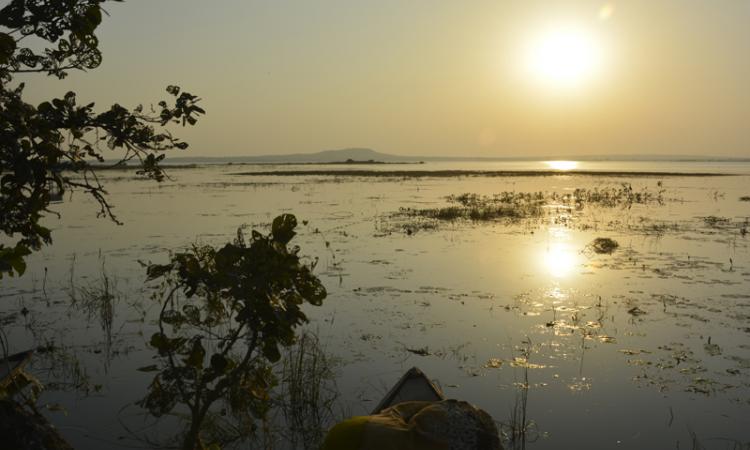
The Erai river, the main tributary of the Wardha river, is the lifeline for the people of Chandrapur in Maharashtra. It primarily supplies water to the Chandrapur city and Chandrapur super thermal power station (CSTPS). Since 1984, after the initiation of operations of M/s CSTPS and Western Coalfields Limited (WCL), the river has begun to get polluted and is now gasping for breath.
The total length of the river is approximately 24 km. It originates near the Tadoba tiger reserve and ends at Hadasti near Ballarpur. In the last three decades, the river has been highly polluted by industrial effluents and sewage. Coal mining in the area has resulted in flooding in the Erai watershed area.
In 1964, when the drinking water supply scheme from the Erai was initiated, the population of Chandrapur was approx 50,000. Now, it is more than 4.5 lakh and the water is supplied to the city from the Erai dam.
“The water level of the Erai has declined substantially. The groundwater levels in the villages have also declined and the wells have gone dry. We are facing a water crisis in the area," says Subhash Gaurkar, ex-panchayat committee member, Bhatadi gram panchayat.
In summer, some of the power generating units of the thermal power plant are closed due to the shortage of water. Even the drinking water supply to the city gets affected. Now, the overall storage capacity of the river has been reduced to 35 to 40 percent out of which 50 to 60 percent of the water is polluted and not fit for drinking.
“Every year, this area gets flooded in monsoon and affects 150-200 families. Ten years ago, the groundwater level was hardly 10-15 feet but now even after digging 50 feet, we don’t get water. Despite living on the bank of the river, we are facing a water crisis," says Siraj Khan Pathan, a resident of Chandrapur.
The video, The tragic tale of Erai talks about how industrialisation has polluted the Erai river and left a population looking for drinking water.